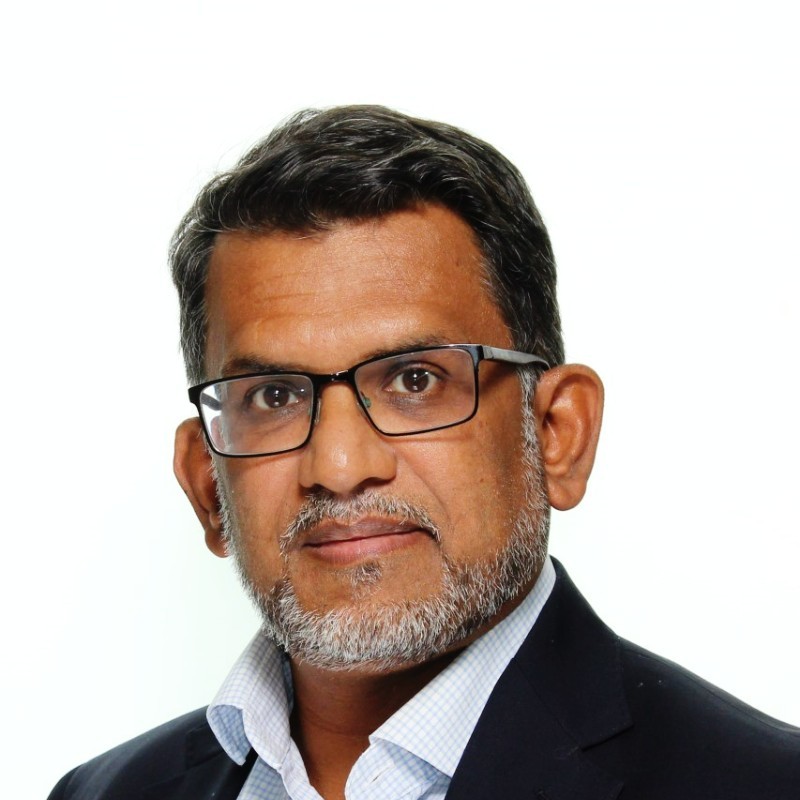They say a week is a long time in politics; well, a day can be a very long time when it comes to trading securities, especially during periods of high market volatility.
This is the challenge facing fund administrators (fund admins) and others involved in securities trades who are gearing up for a significant change to the settlement cycle, a move that is sure to have global ramifications.
As of May 2024, the US and Canadian markets will join India and China in embracing the new one-day settlement cycle – commonly known as ‘T+1’. The Association for Financial Markets in Europe (AFME) is also considering its transition to T+1, while similar conversations are taking place in the UK.
The standard settlement cycle for most equities and fixed-income markets transactions was two business days, T+2. The move towards T+1 has been billed as a significant step in reducing risk, cutting costs, and maintaining alignment across international markets.
One obvious plus point is that investors can now get their hands on their funds much more quickly, which will likely trigger a new wave of investment from those attracted by this optimised process.
However, as is so often the case, opportunities and challenges come hand in hand.
Settlement cycles can only be halved if market participants are willing to up their game regarding infrastructure, technology, and working methods – this is where fund admins have a vital role to play as they are the ones at the coalface when it comes to ensuring trades are settled on time.
So, with this in mind, let’s look at the specific role of fund admins, how they will be affected by the condensed settlement cycles, and what support is available to them to help ease the transition.
What does the move to T+1 mean in real terms for fund admins?
Customers will expect fund admins to complete their work much faster as T+1 becomes commonplace around the world and when you consider that, according to current estimates, between 5% and 10% of all trades fail there is clearly a big onus on combining speed with efficiency.
In simple terms, the current human-intensive fund admin process becomes unsustainable to manage the tighter timelines to keep cash and securities positions up to date.
Activities like trade capture and trade reconciliations have typically been handled manually, so under the new T+1 regulations fund admins will need to scale up their teams significantly (potentially reducing their business margins) in order to adhere to the one-business-day processing deadline.
This added strain could result in more mistakes creeping in, with potential financial and reputational costs likely to be catastrophic.
Is any support available to fund admins to help reduce costs and mitigate risk?
With less time available to handle trades, the current failure rate is in danger of skyrocketing. Fortunately, help is at hand in the form of data and process automation.
Using technology, fund admins can automate complex processes effortlessly. Data is automatically extracted, curated and verified, and trusted data is delivered downstream for processing. This allows fund admins to handle the pressure of a halved settlement timespan, with human error largely eliminated.
Indeed, one significant advantage of T+1 will be the increased accuracy of settlements.
Financial services data automation expert Xceptor has teamed up with business process management specialist Firstsource to launch a solution tailored specifically for fund admins who are facing the realities of T+1.
Data and process automation software, such as the products pioneered by Xceptor and deployed by Firstsource, helps fund admins capture and curate the necessary data at the right time to support the settlement of trades under T+1. Thus overcoming the challenge of managing disparate sources of ever-evolving data under the time pressure of the new regulation.
The benefits of such a solution for fund admins are numerous. Data and process automation will smooth the process for trade validation, while from a treasury management perspective it will support with funding liquidity, FX, securities lending, and collateral/margin.
In terms of reconciliation, enhanced handling of middle and back office functions is expected to be seen as part of adopting an automated approach. IBOR/ABOR benefits will also be realised, as will improvements in net asset value (NAV) fund accounting.
Meanwhile, advances in terms of dealing with cash reconciliation, non-core reconciliation, multiway, and derivatives ops are also likely to make life easier for fund admins in this new era of T+1.
Will the fragmented rollout of T+1 worldwide cause problems for fund admins?
Some industry insiders have suggested that the disjointed approach to T+1 implementation in global markets could pose logistical challenges for fund admins and others involved in the securities cycle process.
Some experts, for example, have suggested that for financial institutions operating in different time zones, settlement compression can create inefficiencies, especially around trade matching, end-of-day reconciliations and foreign exchange (FX) management.
Once T+1 is introduced in the US next May, it will be the case that the further east the client is, the smaller the settlement window will be. A headache for fund admins but one that can be minimised with the use of automation and the provision of trusted data in a timely fashion.
Are there any other potential changes that fund admins should be aware of?
Having shifted from T+2, which was first introduced in 2017, to T+1, the logical next step would be a move to T+0 – same-day settlement.
According to Mike Clarke, global product manager for securities services at Deutsche Bank, “the end goal for settlement compression must be T+0”.
While the move to T+0 is not considered realistic for the time being, it is a widely-held view that the only way to facilitate such a radical change would be through the widespread adoption of technologies, such as data and process automation.
Contact us for more Information











